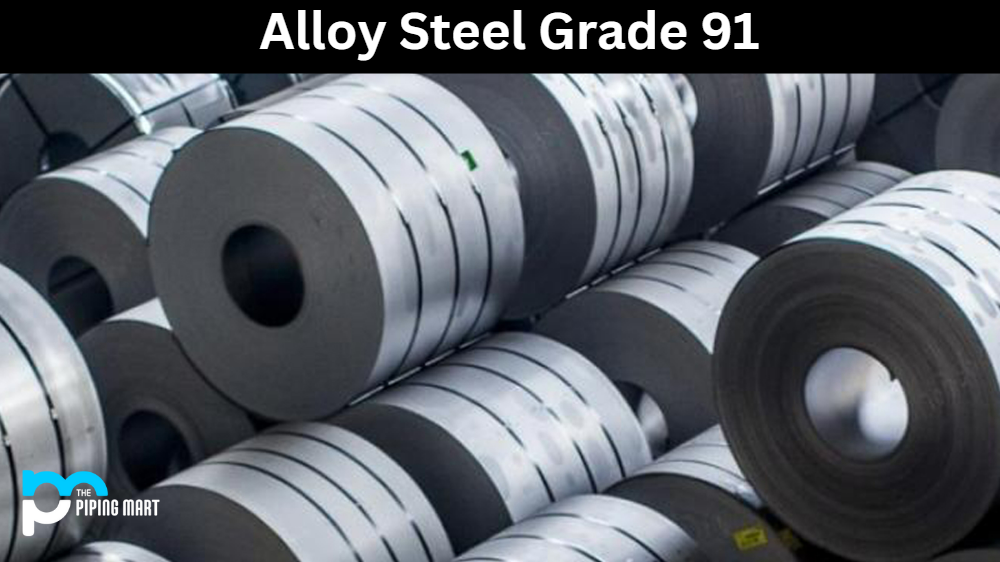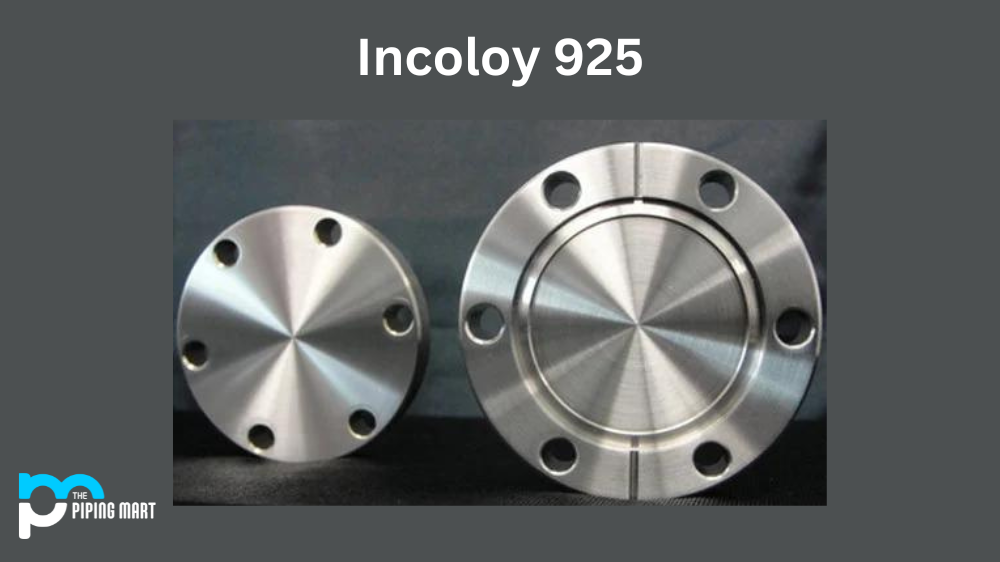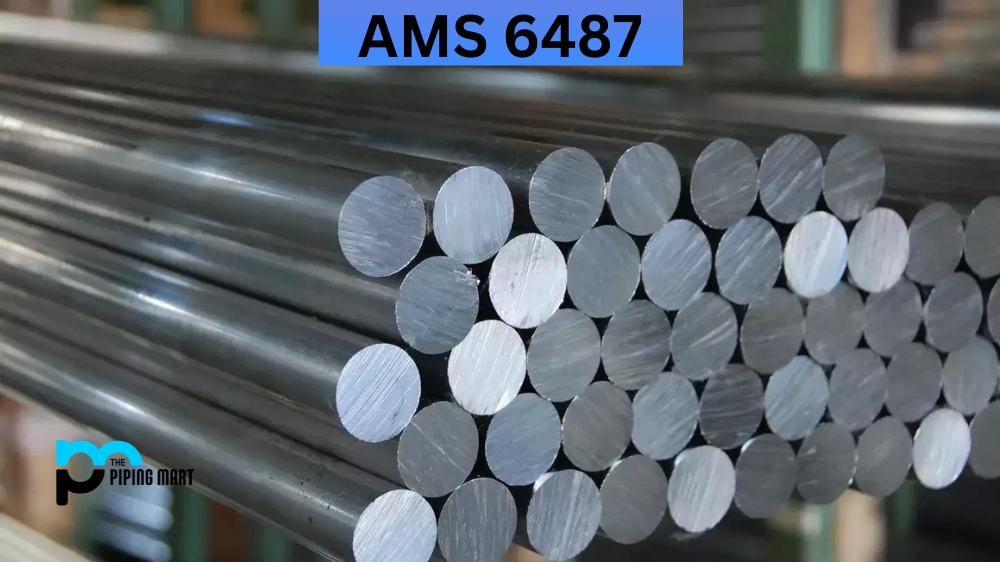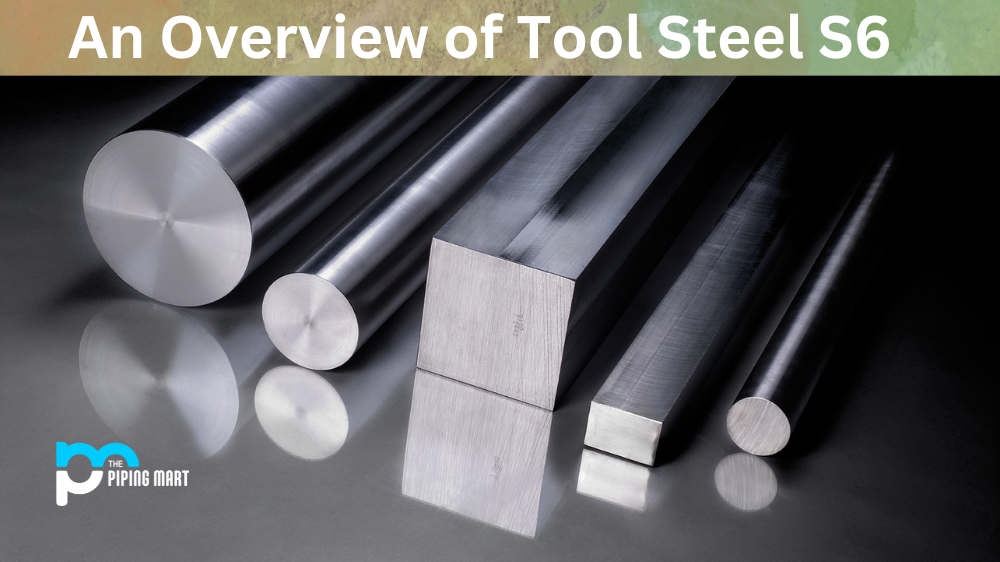Grade 91 steel is a heat-resistant steel alloy with exceptional toughness and strength. It is used in many industries, from automobile manufacturing to aerospace engineering. Its impressive properties make it an ideal choice for applications that require superior performance. In this blog post, we’ll take a look at the composition, chemical properties, mechanical properties, physical properties, uses, and other important information about Alloy Steel Grade 91.
Composition
Grade 91 steel is composed of 9% chromium and 1% molybdenum by weight. This makes it an excellent choice for high temperature applications such as turbine blades and steam piping. It also contains smaller amounts of manganese, silicon, phosphorus, sulfur and carbon. The carefully controlled composition of these elements allows the steel to be customized for different applications.
| Carbon (C) | % |
| Heat Analysis: Product Analysis: |
0.08 – 0.12 0.06 – 0.15 |
| Manganese (Mn) | % |
| Heat Analysis: Product Analysis: |
0.30 – 0.60 0.25 – 0.66 |
| Phosphorus (P) | % |
| Heat Analysis: Product Analysis: |
0.020 0.025 |
| Sulphur (S) (Max) | % |
| Heat Analysis: Product Analysis: |
0.010 0.012 |
| Silicon (Si) | % |
| Heat Analysis: Product Analysis: |
0.20 – 0.50 0.18 – 0.56 |
| Chromium (Cr) | % |
| Heat Analysis: Product Analysis: |
8.00 – 9.50 7.90 – 9.60 |
| Molybdenum (Mo) | % |
| Heat Analysis: Product Analysis: |
0.85 – 1.05 0.80 – 1.10 |
| Nickel (Ni) | % |
| Heat Analysis: Product Analysis: |
0.40 0.43 |
| Vanadium (Vn) | % |
| Heat Analysis: Product Analysis: |
0.18 – 0.25 0.16 – 0.27 |
| Columbium (Nb) | % |
| Heat Analysis: Product Analysis: |
0.06 – 0.10 0.05 – 0.11 |
| Nitrogen (N) | % |
| Heat Analysis: Product Analysis: |
0.030 – 0.070 0.025 – 0.080 |
| Aluminium (Al) | % |
| Heat Analysis: Product Analysis: |
0.02 0.02 |
| Titanium (Ti) | % |
| Heat Analysis: Product Analysis: |
0.01 0.01 |
| Zirconium (Zr) | % |
| Heat Analysis: Product Analysis: |
0.01 0.01 |
Chemical Properties
The high chromium content of Alloy Steel Grade 91 makes it resistant to most general corrosion environments across all temperatures. The addition of molybdenum gives it enhanced corrosion resistance in more extreme environments like acidic solutions or high concentrations of chloride ions. Additionally, the small amount of sulfur present gives it improved machinability compared to other alloys in the same family.
Mechanical Properties
Alloy 91 steel has excellent mechanical properties such as higher hardness than other similar alloys and good wear resistance even at elevated temperatures up to 700 °C (1292 °F). It also has outstanding creep rupture strength even at temperatures up to 800 °C (1472 °F). These qualities make it an ideal choice for components exposed to high temperatures or significant dynamic loads where strength and fatigue resistance are important factors.
Equivalents
|
BS |
EN |
ASTEM/ASME |
DIN |
|
– |
– | A387-91-2 | – |
Physical Properties
At room temperature, Alloy Steel Grade 91 exhibits a low yield strength but maintains high tensile strength and ductility due to its complex microstructure which consists mainly of tempered martensite along with some retained austenite which provides additional toughness at elevated temperatures. This makes it extremely suitable for applications requiring frequent cyclic loading or thermal cycling between hot and cold states without compromising its mechanical integrity or suffering from brittle failure modes such as cracking or embrittlement over time due to repeated thermal cycling.
Uses
Grade 91 steel is incredibly versatile, with a wide variety of uses across many industries. It is commonly used in high-temperature applications and provides superior mechanical properties, weldability and formability. In industrial settings, alloy grade 91 has been used for boiler steam headers and power plant components like turbine exhaust casing and vessels operating at extreme temperatures and pressures. Additionally, it is also a common material in petrochemical plants or metal processing operations due to its superior creep strength and resistance to stress corrosion. Ultimately, its strength and ability to withstand high temperatures without fail make it a key material in manufacturing.
Corrosion resistance
Alloy Steel Grade 91 is an attractive steel option due to its high-temperature strength and corrosion resistance. This material has a chromium-based composition that makes it uniquely suited for hostile environments like power plants, oil refinery operations, and paper mills. The corrosion resistant properties of Alloy Steel Grade 91 are further amplified when cooled in air or water, making it the ideal choice for many industrial applications. It also boasts excellent weldability, toughness, formability and ductility, making it even more desirable. By choosing Alloy Steel Grade 91, industries can have confidence that their component will stand the test of time no matter the conditions.
Heat resistance
Alloy Steel Grade 91 offers excellent heat resistance, a trait that makes it an ideal material for components exposed to high temperatures. Its unique metallurgical structure gives Alloy Steel Grade 91 properties such as superior creep and fatigue strength at high elevated temperatures, high thermal expansion rate for rapid heating and cooling, and good oxidation and corrosion resistance in the high-temperature environment. As well as extreme temperature exposure, Alloy Steel Grade 91 has demonstrated excellent performance under harsh stress levels, making its use particularly suitable in power generation industries where large amounts of energy are generated.
Heat treatment
Alloy Steel Grade 91 is a ferritic-martensitic steel with excellent strength and creep performance at elevated temperatures. Heat treatment is essential for Alloy Steel Grade 91 in order to maximize its mechanical properties such as hardness, ductility and strength. By heating this alloy to its desired temperature range, followed by cooling it in an appropriate medium, the fine grain structure of its microstructure can be altered so that the desired grade can be achieved. Depending on how extensively the heat treatment is carried out, the resulting material will exhibit various hardness and strength levels. Several types of heat treatment processes are used for Alloy Steel Grade 91; quenching and tempering are most commonly employed to produce a material suitable for high temperature engineering applications.
Machining
Working with alloy steel can be a difficult and demanding task. When it comes to machining alloy steel grade 91, it requires expert knowledge and skill. This grade of alloy steel can be hard to work with due to its high molybdenum, chromium, and vanadium contents. It requires great precision to ensure accuracy and consistency during the machining process. However, those who master the craft of working with this particular grade of alloy steel are rewarded with superior results. Additionally, because its components promote corrosion resistance and higher temperature strength than regular grades of steel, the end product is often of superior quality.
Welding
Alloy Steel Grade 91 welding projects come with unique challenges. This steel has a high concentration of alloying elements, making it both more difficult to form and repair. Proper preparation and selection of materials are essential for successful welding. To maintain a clean weld joint, it must also be handled with extreme care. The best results are achieved when using filler metal that matches the grade being welded or when graded-up filler metal is utilized. With proper experience and technical support, Alloy Steel Grade 91 welding processes can produce reliable results for many applications – from power plants to pipelines.
Conclusion:
Whether you’re looking for a material that can withstand extreme temperatures or need a strong alloy that won’t succumb to corrosion, Alloy Steel Grade 91 may be just what you’re looking for! Its unique combination of chemical composition and microstructure make it an ideal choice for demanding applications requiring superior performance under harsh conditions or cyclic loading regimes. If you have any questions about how this alloy could benefit your project, then please don’t hesitate to reach out; our experts would be happy to help!
Meet Heer, a dynamic and driven writer learning tricks of her trade in the metal industry. With a background in Digital Marketing, Heer brings a unique perspective to her writing, sharing valuable insights. Apart from blogging she like reading and hiking.




